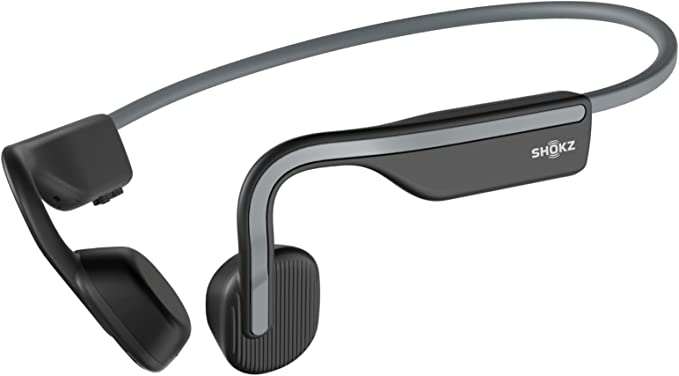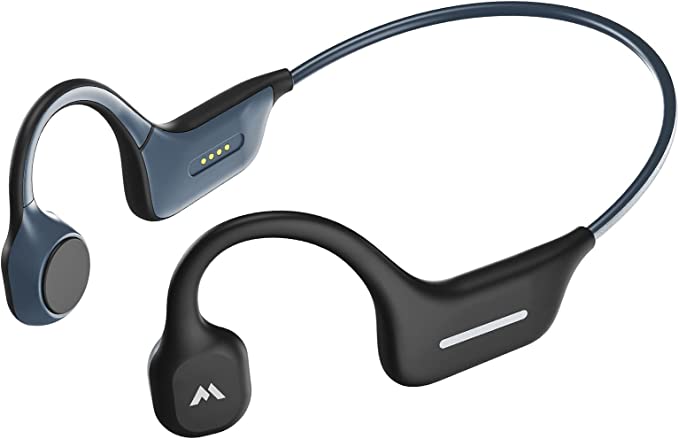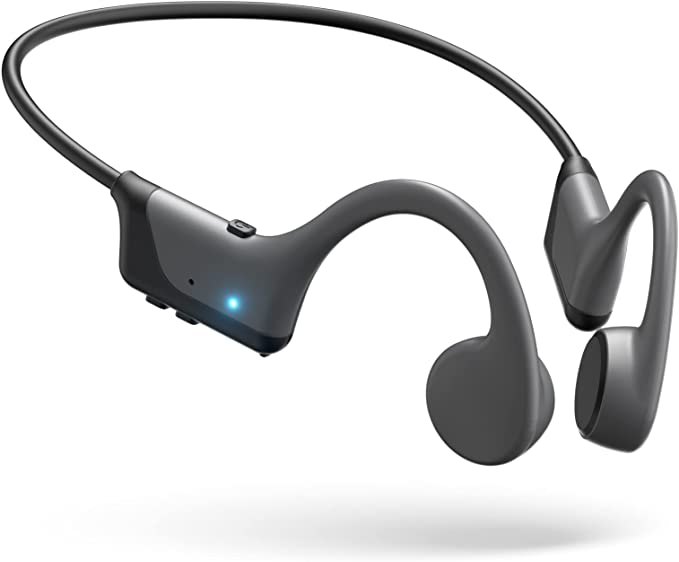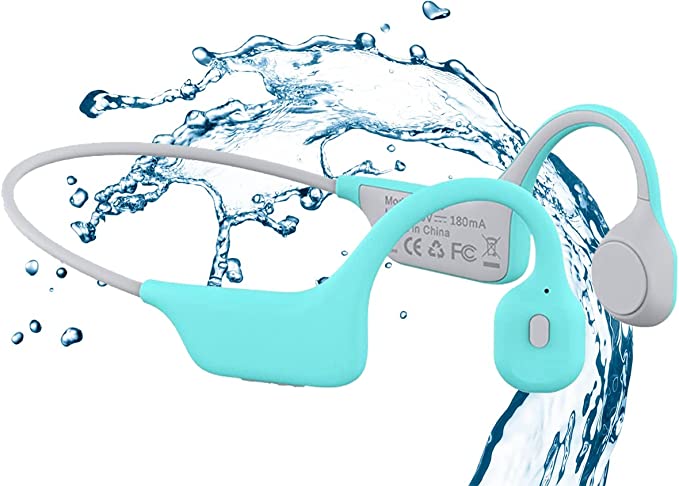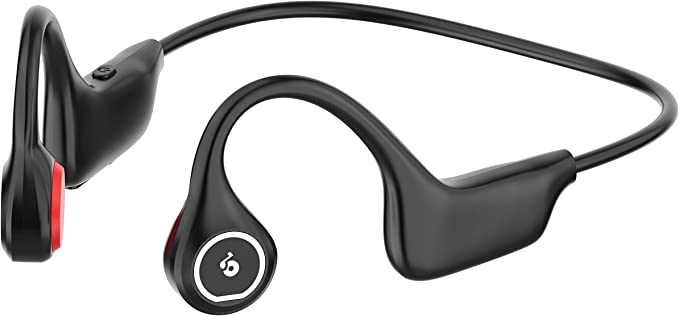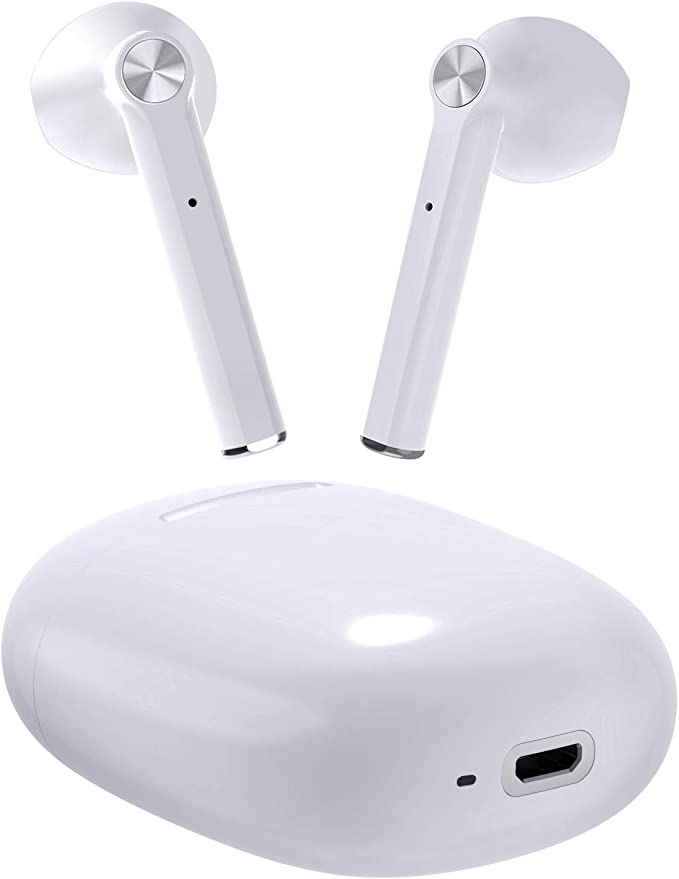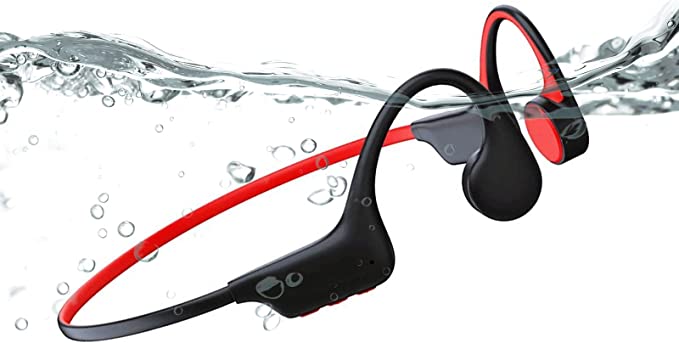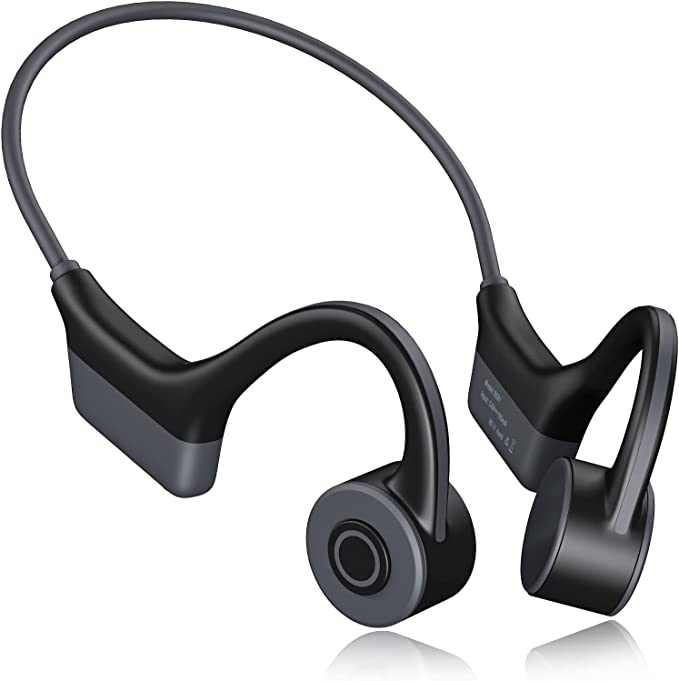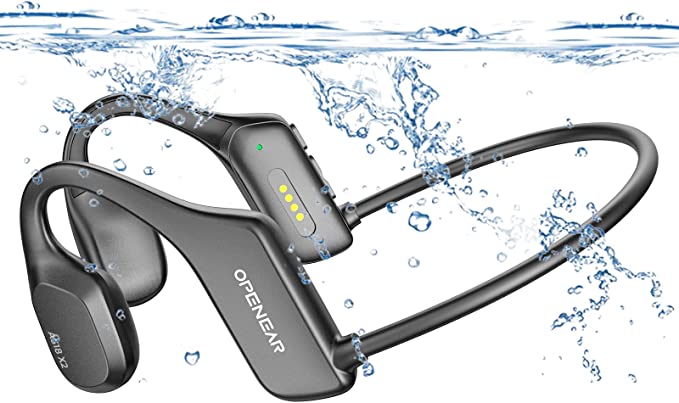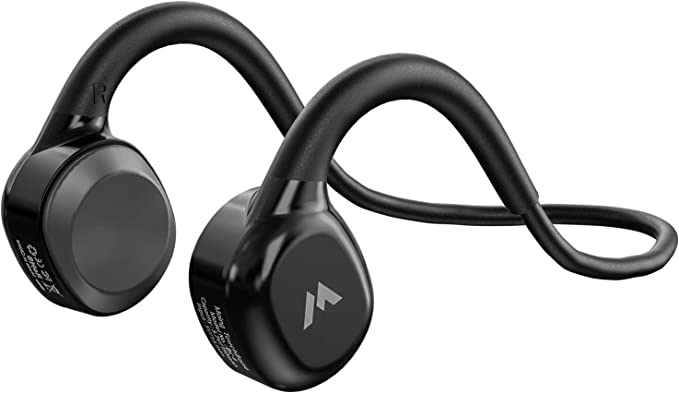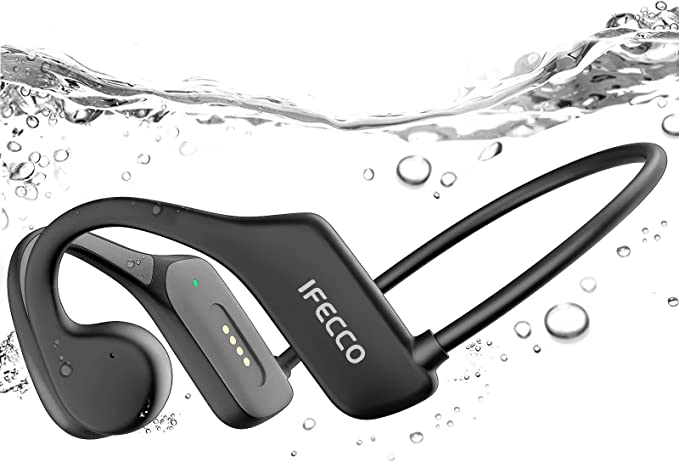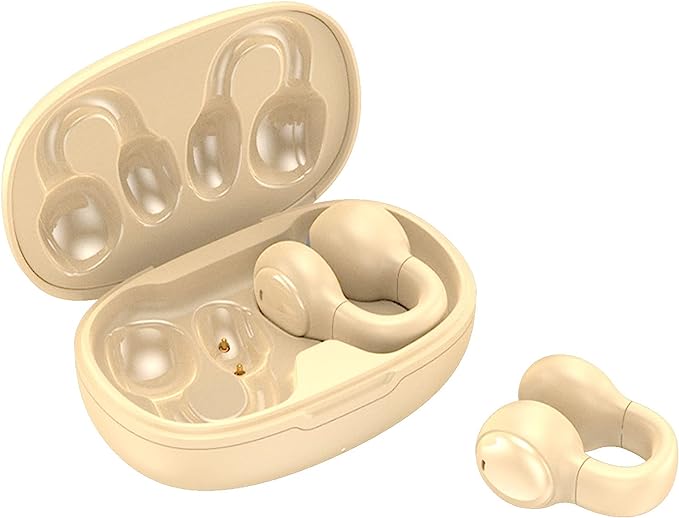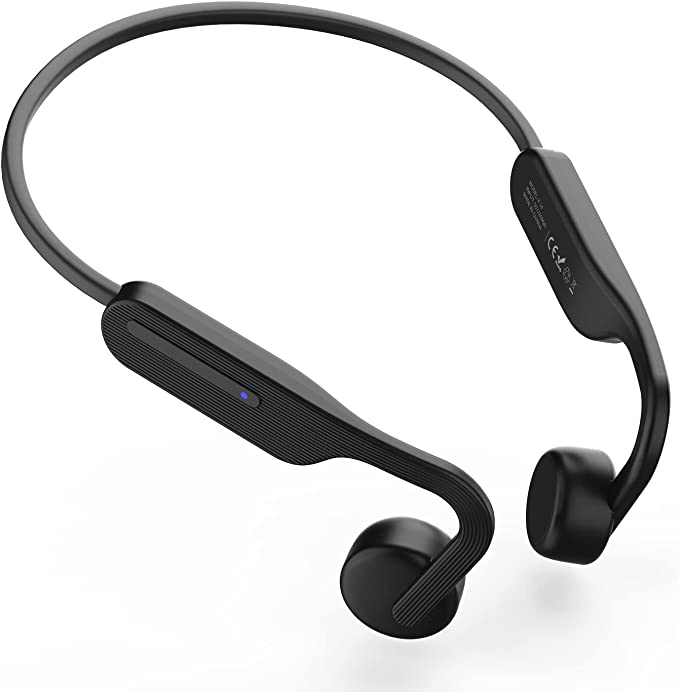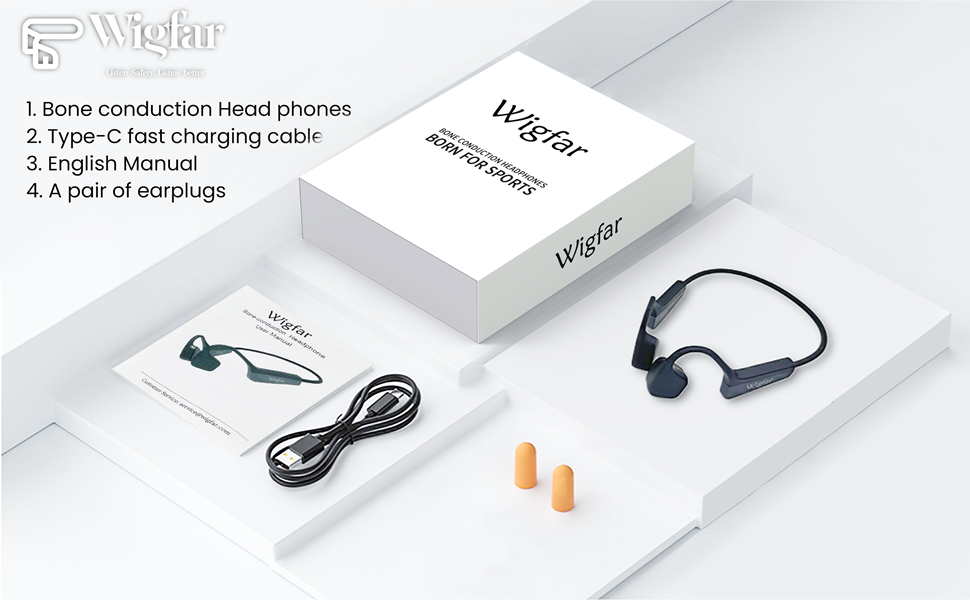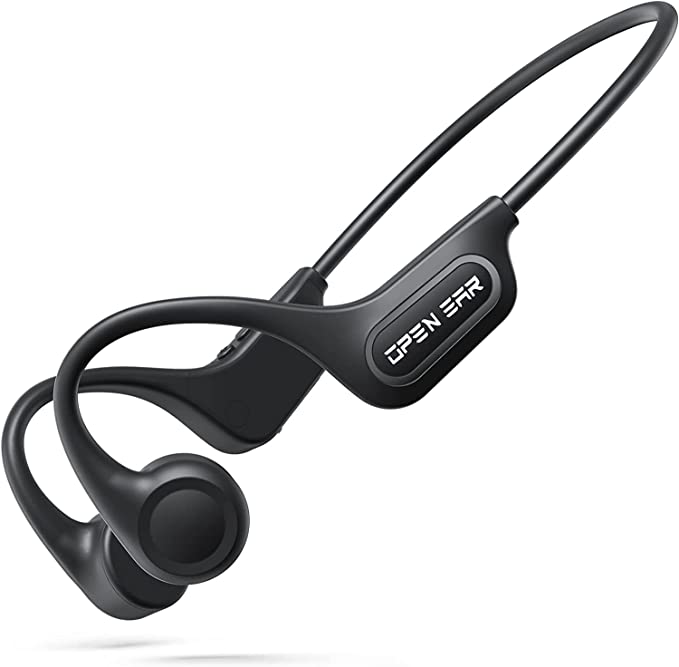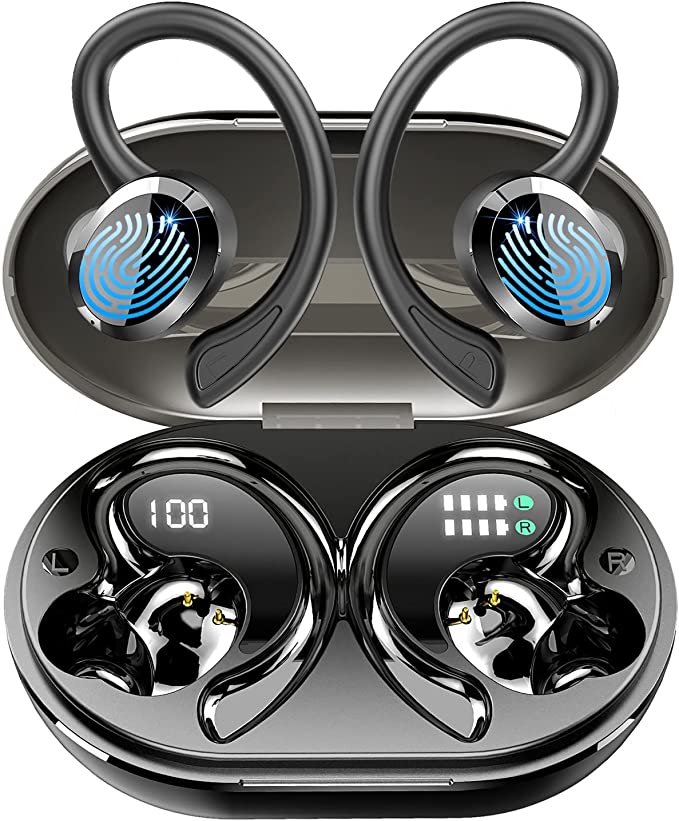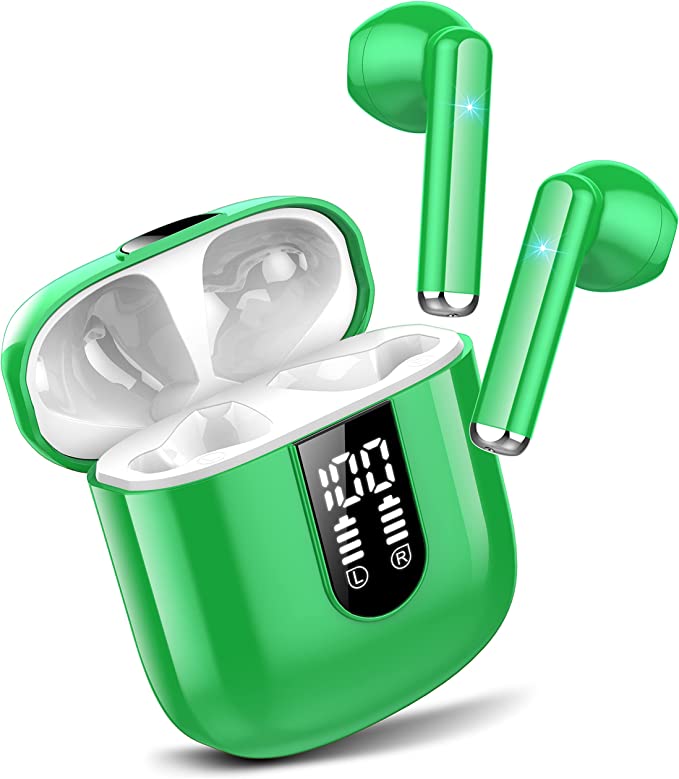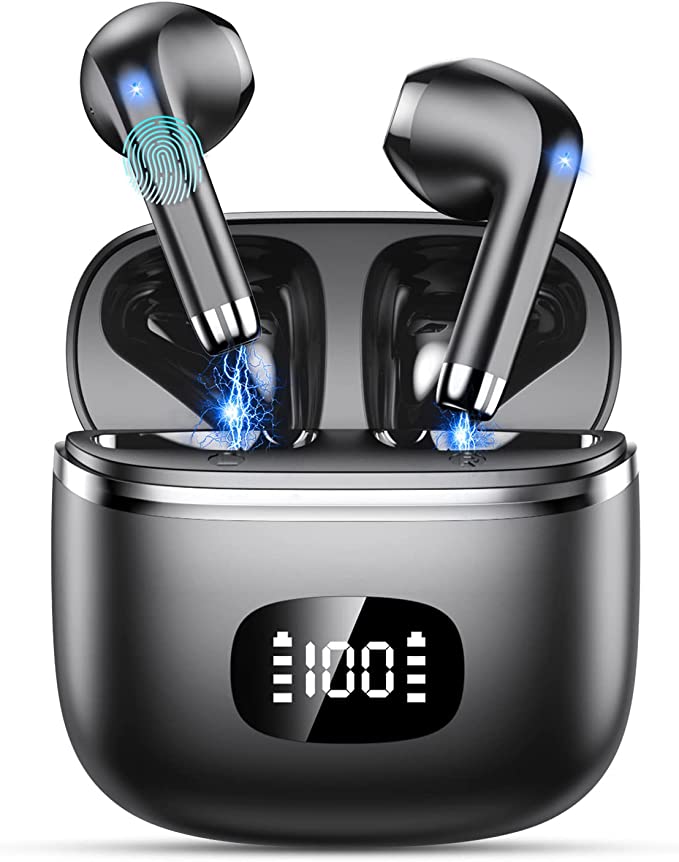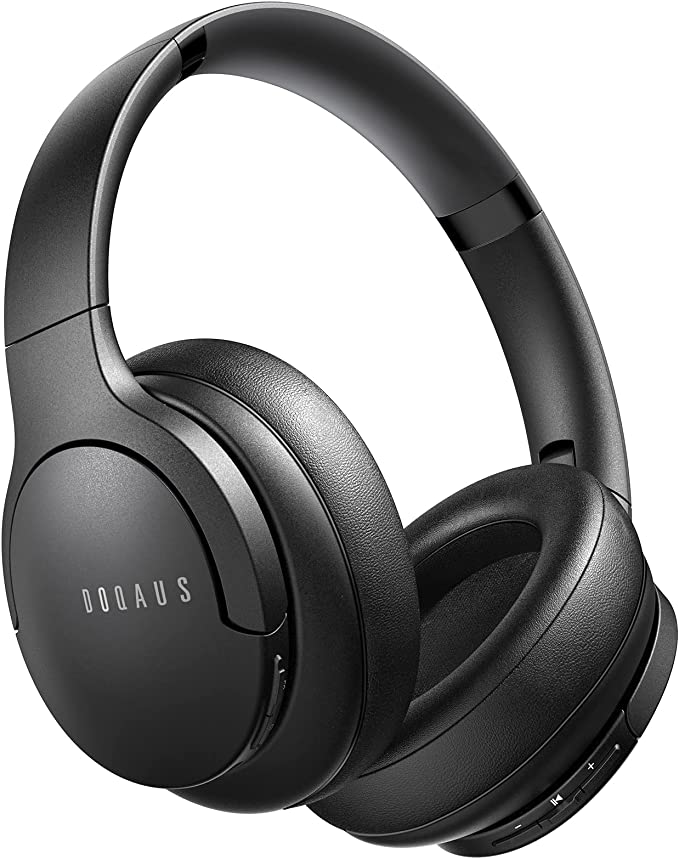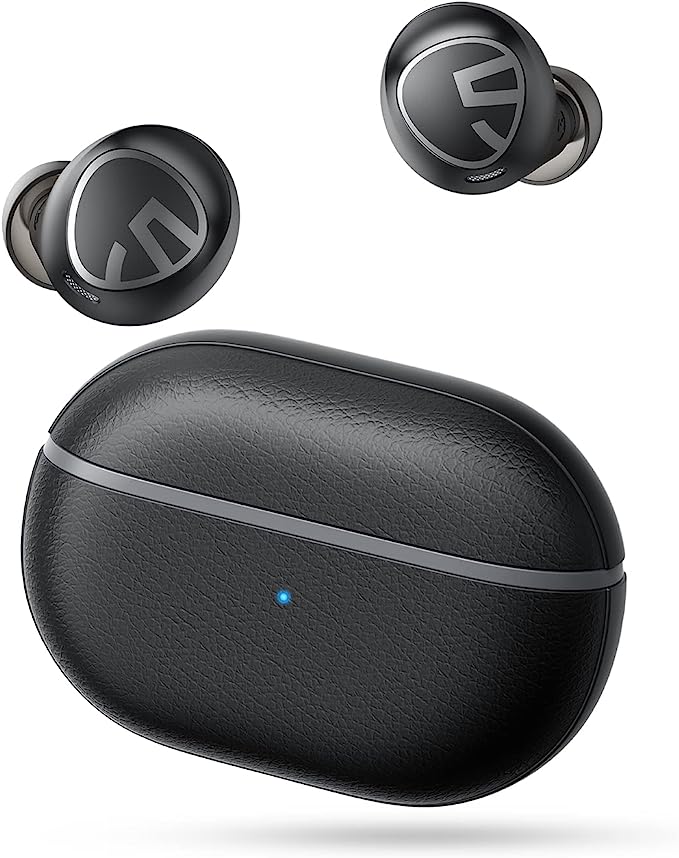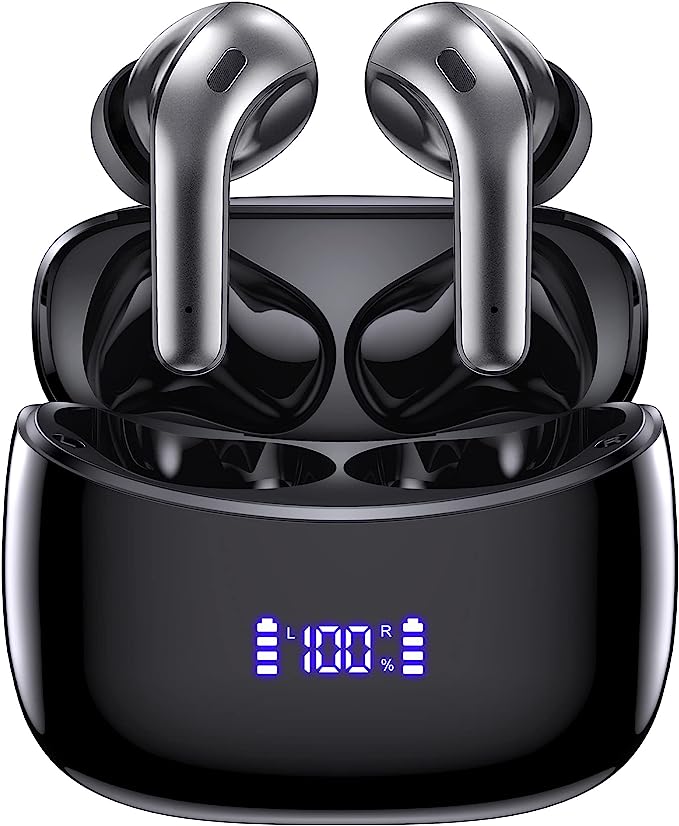The Swimmer's Soundtrack: A Practical Guide to Bone Conduction and Underwater Audio
Update on Oct. 30, 2025, 11:31 a.m.
(Here is the complete rewritten and optimized article in English)
There’s a rhythm to swimming. It’s the sound of the water rushing past your ears, the muffled echo of your own breath, and the steady, percussive beat of your heart. For many, this is a meditative, focused state. But let’s be honest: after the first twenty laps, it can also be incredibly boring.
For years, athletes have faced a simple, frustrating problem: how do you bring your music into the water?
You might have tried “waterproof” earbuds, only to have them fall out, create an uncomfortable pressure seal, or die after a few sessions. Or, you may have discovered the most frustrating limitation of all: even if the headphones survive, your music doesn’t. The moment your head goes underwater, the Bluetooth connection to your poolside phone cuts out.
This isn’t a defect in your headphones. It’s a law of physics. And understanding this law is the first step to finding the real solution.
This guide isn’t a review. It’s a practical deep-dive into the “why” and “how” of underwater audio. We’ll explore why your existing tech fails and how a different approach—combining bone conduction with onboard storage—is the only reliable way to power your swim.

The First Barrier: Why Bluetooth and Water Don’t Mix
The core of the problem lies in the 2.4 GHz radio frequency used by Bluetooth. This specific frequency is exceptionally good at being absorbed by water molecules. In fact, it’s the very same principle that allows a microwave oven to heat your food.
When you try to stream music to your headphones, the water between your head and your phone (even just a few inches) absorbs the signal’s energy, a process called attenuation. The signal strength drops so dramatically that a stable connection is physically impossible.
This is why, for swimmers, Bluetooth is not the answer.
The only way to get a reliable soundtrack for your laps is to have the audio files physically present on the device you’re wearing. This is where a technology you probably haven’t thought about in years makes a brilliant comeback: the built-in MP3 player.
The Solution, Part 1: Onboard Storage (Your Phone-Free Library)
To solve the Bluetooth problem, you must eliminate the need for a wireless signal. Modern swim headphones do this by integrating a solid-state music player directly into the headset.
Devices like the HIFI WALKER T10 Air, for example, incorporate 32GB of storage. This isn’t a nostalgic gimmick; it’s a pragmatic and robust engineering solution. That 32GB capacity means you can store thousands of songs—we’re talking entire albums, long-form podcasts, and audiobooks—directly on the device.

This approach has two massive benefits:
- Zero-Dropout Playback: Because the file is stored locally, there is no signal to drop. Your music will be perfectly clear and consistent, whether you’re doing a flip-turn or swimming in the open ocean.
- True Freedom: You can leave your fragile, expensive smartphone in the locker. This is a huge advantage not just for swimmers, but also for runners and cyclists who want to train without being weighed down or distracted by a phone.
This storage often supports high-fidelity lossless audio formats (like FLAC, WAV, and APE), which answers a key concern for audiophiles. In an age of compressed streaming, this setup allows you to listen to uncompressed, high-quality tracks, which can be a real motivating factor during a grueling workout.
But this only solves the storage problem. It doesn’t solve the delivery problem. How do you get sound to your brain when your ears are full of water?
The Solution, Part 2: Bone Conduction (A Better Way to Hear)
This is where the second piece of the puzzle comes in: bone conduction technology.
To understand it, you first have to unlearn what you think hearing is.
- Air Conduction (Traditional Headphones): Sound waves travel through the air, vibrate your eardrum, and pass through the tiny bones of your middle ear to reach the cochlea (your inner ear), which sends the signal to your brain. Earbuds work by sealing your ear canal to control this air.
- Bone Conduction (Your “Private” Hearing): This technology bypasses your eardrum entirely. The headphones feature transducers that rest on your cheekbones, just in front of your ears. They send subtle vibrations through your skull directly to your inner ear (cochlea).

This is the same reason your voice sounds different (and richer) to you than it does on a recording—you hear a large portion of it through vibrations in your own skull.
For an athlete, this open-ear design is a revolutionary shift:
- On Land (Running/Cycling): Your ear canals are completely open. This means you maintain 100% situational awareness. You can hear your music and the car approaching from behind, a teammate’s call, or a bike bell. It’s a massive safety feature.
- In Water (Swimming): This is where it truly shines. You don’t have to jam an earbud into your ear canal. There’s no seal to break, no pressure to build up, and nothing to fall out when you push off the wall. You can even wear earplugs to block out water, and your music will still play perfectly.
A Quick Mentor’s Note on Sound Quality: It’s important to set expectations. Bone conduction sounds different from your over-ear studio headphones. Because it doesn’t use a sealed air chamber, the bass will feel less “boomy” and more like a precise vibration. The magic isn’t in replicating a concert hall; it’s in delivering clear, dynamic sound in an environment where traditional audio is impossible.

Practical Science: Understanding IPX8, Fit, and Durability
So, we have a system: onboard storage (MP3) and open-ear delivery (bone conduction). Now, we must make it survive the environment. This is where material science and durability ratings come in.
What “IPX8” Really Means
You will see the IPX8 rating on all top-tier swim headphones. Let’s break that down:
- IP: Stands for “Ingress Protection.”
- X: Means it hasn’t been rated for dust protection (it’s assumed to be sealed).
- 8: This is the liquid rating. It’s the highest level, signifying the device is protected against continuous submersion in water deeper than 1 meter.
This is the gold standard for swimming. It’s not just “water-resistant” (like IPX4 or 5, which only handle splashes); it is fully “waterproof” for the intended use.
A Critical Mentor Warning: The “IP” rating tests for water, not heat or chemicals. A common query is, “Can I wear these in a sauna or hot tub?” The answer is an emphatic NO. High heat can cause the waterproof seals and adhesives to fail, and steam can work its way into crevices that liquid water can’t. Likewise, while they are built to handle pool chlorine and ocean salt, it’s always best practice to rinse the device with fresh water after your swim to ensure the charging contacts stay clean.
How to Fit and Wear Them
This brings us to one of the most common user questions: “How do I wear these, especially with goggles and a swim cap?”
The fit is crucial. The transducers must maintain firm, comfortable contact with your cheekbones. This is why premium models use a flexible, lightweight titanium frame. Titanium is incredibly strong, light, and “springy”—it provides a consistent clamping force without creating a pressure headache, and it won’t deform over time.

Here is the correct order for wearing your gear:
- Headphones First: Place the headphones on your head, with the band looping behind your neck and the transducers resting on your cheekbones (in front of your ears).
- Swim Cap Second: Pull your swim cap on, pulling it over the headphone band. This helps lock the device in place.
- Goggles Third: Put your goggles on as you normally would. The straps will rest over the swim cap and the headphone arms, adding a final layer of security.
When worn this way, the device is incredibly stable and creates zero drag.

Your New Workflow: Becoming Your Own Audio Curator
This technology requires a small, rewarding shift in habit. In a world of streaming, you must now become the curator of your own workout library.
The process is simple and reliable:
- Connect: These devices typically use a custom magnetic charging cable that doubles as a data cable. This eliminates a USB-C port, which is a major point of failure for water and corrosion.
- Drag and Drop: Plug the cable into your computer, and the headphones will appear as a simple USB flash drive.
- Load: Drag your MP3, FLAC, WAV, or other supported audio files directly onto the drive.
My Pro-Tip: Don’t just dump your entire music library on it. Think like a DJ. Create specific playlists for your training. I recommend a “Laps” folder (high-energy, 120-140 BPM music), a “Distance” folder (long-form podcasts or a full album), and a “Warm-Up” folder (mellow tracks).
Many of these devices, including the T10 Air, are hybrids. They still include Bluetooth 5.3 for when you’re on land. You can pair it with your phone for a run, take calls, and then, before you jump in the pool, a simple double-click of a button switches the device over to its internal MP3 player. It’s the best of both worlds.

The Complete Solution
Breaking the silence of the water doesn’t require magic. It requires the right technology. The reason so many people are frustrated by “waterproof audio” is that they are trying to use a system (Bluetooth) that is fundamentally incompatible with the environment.
The true, reliable solution is a purpose-built system that combines three key elements:
- Onboard Storage (MP3): To bypass the physical failure of Bluetooth in water.
- Bone Conduction: To deliver sound clearly and comfortably without sealing the ear.
- An IPX8 Rating: To ensure the hardware can withstand continuous immersion.
By understanding why this system works, you can finally stop fumbling with failing earbuds and focus on what matters: finding your rhythm and enjoying your swim.

